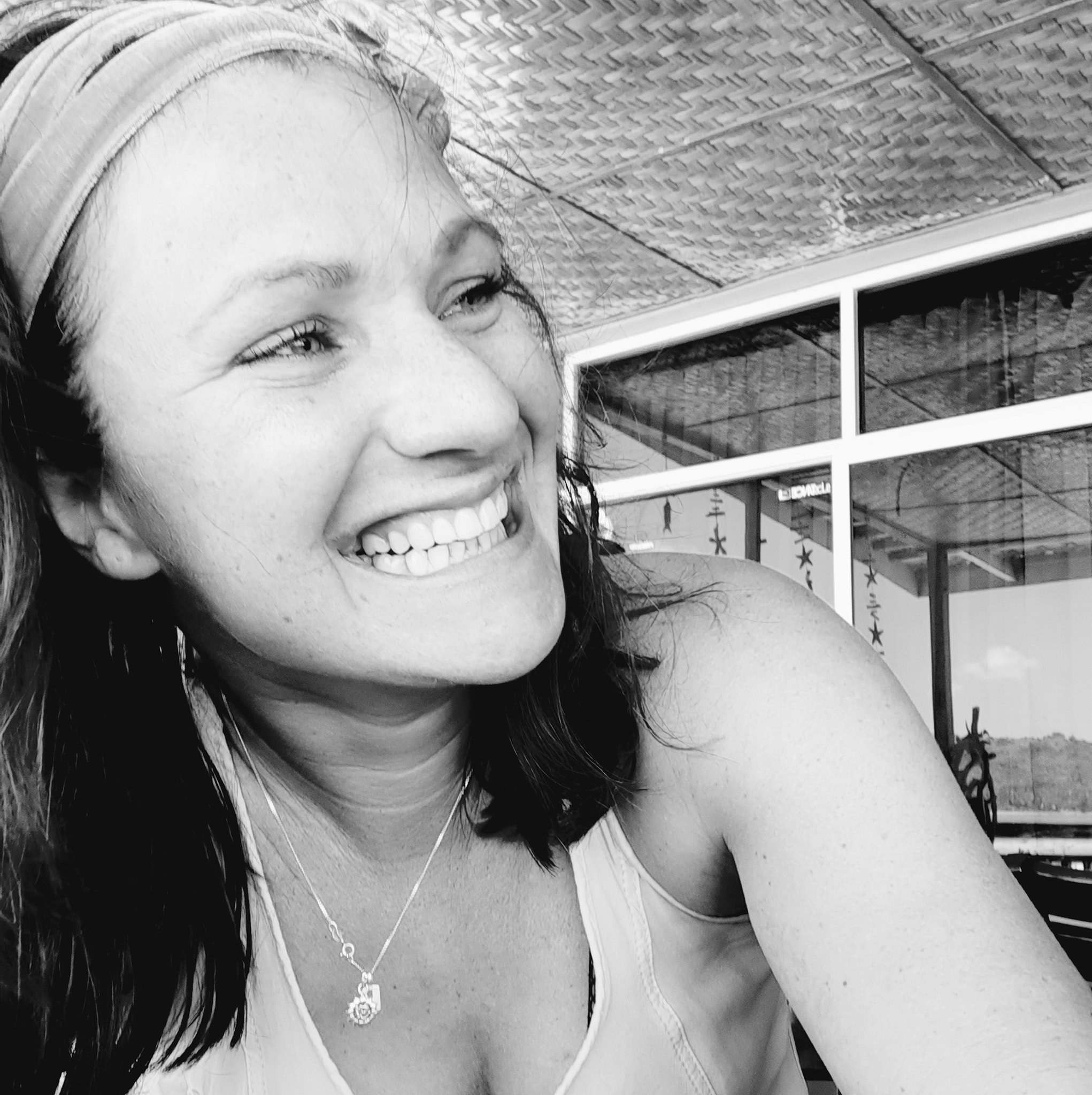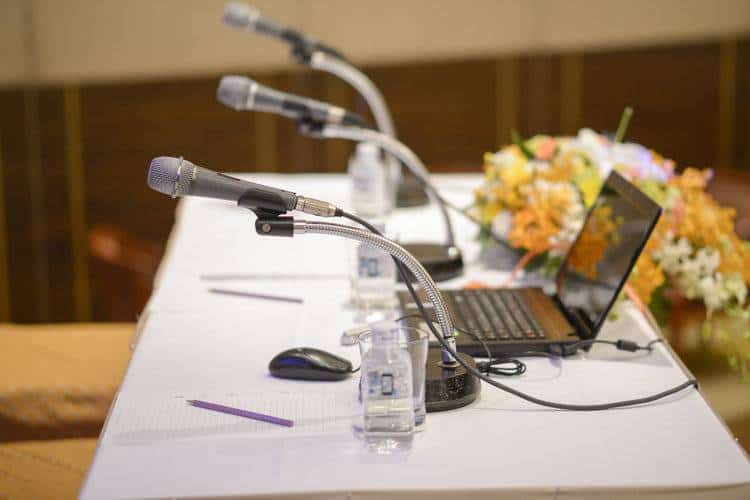Professional photography during public events is difficult until you get a knack for it. You’ll be photographing a variety of events, from speeches to business conferences and summits, among other things. It’s important to capture the moment as it happens.
There’s little room for error, and you can’t request a retake. But with the right tips and techniques, you’ll be able to capture the moment and provide eye-catching photographs that embody the event’s guests, key moments and energy.
We’re going to start with the basics before discussing other techniques and tips.
1. Essentials for Success
We’re going to keep this brief and to the point so that you are better prepared for the event. Here are a few essential tips to employ before you leave the house:
• Plan to arrive early. Clients often want shots of empty rooms and placements before the guests fill the seats.
• If it’s a large public event, make sure you have a badge to gain access.
• Plan to take pre-event shots.
• Dress to match the event so that you don’t stand out from the crowd.
• Avoid using flash as best you can. Guests will become distracted with a constant flash.
• Ask the client for a shot list of any special shots they’ll want taken
• Remember all your lenses and equipment
These are the basics you’ll want to remember to do before arriving.
2. Angles
The angle is as important as keeping the camera steady when you take a picture. You’ll want to have a variety of angles that are easily accessible to you during the event. Wide-angle lenses are ideal to capture the entire crowd, but don’t forget to experiment.
• Take pictures from the back of the crowd
• Take overhead shots
• Take close-up shots
Adjust the angle and platform to meet the event.
And don’t be afraid to get up close when the moment arises.
3. Lighting
Lighting is essential for a good shot, but you’ll come across times when using a flash too much is an annoyance, or the venue is too large for the flash to work properly. There may also be fluorescent, artificial light sources that make capturing the right lighting difficult.
How do you deal with lighting issues?
Shoot in raw. You’ll find that raw allows you to adjust ambient lighting in photo editing software, such as Photoshop.
When you can’t shoot in raw, adjust the white balance settings to try and find a setting closest to the light source.
4. Settings
The settings on your camera are vital to your success. You’ll want to ensure you have the right settings for success. A few of the most important setting for photographers to adjust during public events are:
• Shutter Speed – Public events require speed. The shutter speed can be as low as 1/60s for a trade show, or as high as 1/500 to capture the action of a race. Adjust the shutter speed to the demands of the event.
• Raw – As discussed earlier, shoot in raw if you plan to adjust lighting later.
• Aperture – The aperture setting will depend on the shot. Depth of field shots work well with f5.6, f2.8, and somewhere between the two will keep the face sharp. Smaller apertures can be used to emphasize a smaller area.
You’ll want to walk around a lot rather than zoom to take the best pictures. This allows you to use your strengths and get up close shots without having to adjust settings too often.
5. Choose the Right Lenses
When you have your shot list, you’ll be able to start choosing the right lenses to accommodate your list. The lenses you choose should include:
• Wide lens
• Mid lens
• Telephoto lens
The 70-200mm f/2.8 IS will be a good mid-range telescopic lens to choose. A wide-angle lens, such as the 16-35mm f/2.8 is needed, too.
Casual shots are best when you’re unobtrusive. The goal of a good public events photographer is to remain unseen. Natural smiles, applause and emotions are best caught when the photographer becomes the wall and isn’t noticed.
These casual shots allow a photographer to capture scenes as they unfold.
You don’t want to make the moment – you want to capture it. Events are breathing, living things waiting to be captured. If you are forcing a photo, reevaluate the photo’s need. People love the photos that aren’t posed because the picture tells a story.

About Author
Rachel Noël is a professional photographer and videographer from the UK with over 10+ years of experience. Rachel specializes in Underwater, Tavel & Portrait photography among other areas.
